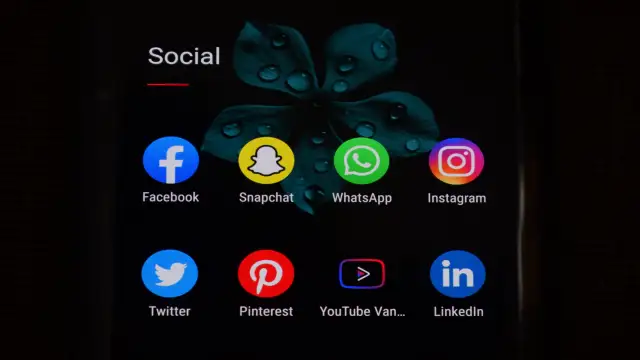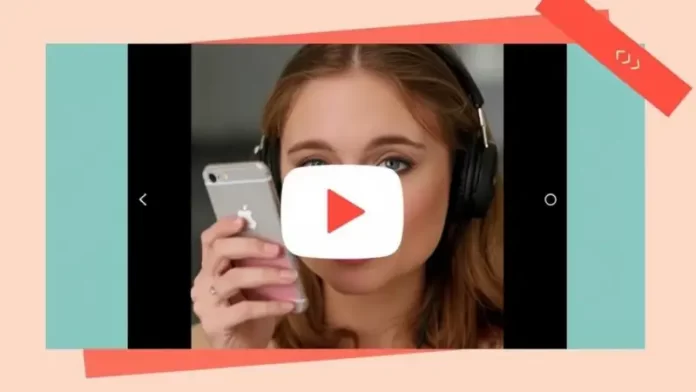Table of Contents
Ever found yourself saying “just one more video” at 1 AM on a worknight? Yeah, me too. What began as a quick cat video turned into a three-hour deep dive on the mechanics of submarines. Welcome to the YouTube rabbit hole that magical portal where time disappears faster than pizza at a college party.
The Moment I Realized I Had a Problem
Let me try to explain this to you: It’s a Sunday afternoon and I can see that the laundry pile is getting higher, emails are coming in, and my friends are the ones to call back. But, at that exact moment, I am glued to my computer watching video number fourteen of “kitchen gadget reviews I didn’t know I needed“. My phone is almost dead, I am very hungry, and I am sitting on a couch that hasn’t moved an inch for three hours.
Does that ring a bell to you?
YouTube addiction is not just an imaginary problem that only rich Western people can have. Quite the opposite it is a problem that afflicts many individuals and is really contagious. And with more and more screens dominating our lives, it’s not going to get any better.
What Makes YouTube So Addictive, Anyway?

YouTube is not one of the things addicted to people, it is just borrowed features from the devil Directly located in hell-YouTube is on purpose addictive, not by chance. Kindly notice:
- 1. The system is really very familiar with you. It shows goods just before you start wanting them. My algorithm is aware of my next step after I watch my cooking videos that would be to click on my travel content always. It guesses my mind like a professional seer.
- 2. Autoplay suddenly doesn’t make it clear who’s the leader. Traditional TV shows are a thing of the past when people would make the active selection to watch another one if needed. Those times are so far away. The very next video comes without your participation in the play process, hence, you’ve managed to finish all the pizza pieces as well as become an expert in the topic of the seven videos you’ve seen about the repair of the old paintings.
- 3. Yes, it’s true: surfing the wave of dopamine is actually a thing. Every new thumbnail, every new video, every notification gives your brain a small dose of feel-good chemicals. I bet nobody here would disagree that that fantastic little feeling of finding something original and interesting is the best.
I once set the timer to see how long I could stay away from the video that showed up under my video. Forty-five seconds was my willpower limit. (And honestly, it was a video of a person who was building a tiny house for his pet duck, so can you really hold it against me?)
Signs You Might Be Addicted to YouTube
Unsure if you have developed an unhealthy addiction to YouTube? Ask yourself questions like these:
- 1. Do you often switch to YouTube when you have to do other important things?
- 2. Did you ever give an untrue answer about the time you consume on YouTube?
- 3. Do you get nervous if you cannot watch videos?
- 4. Were you awake for a long time watching “just one more” and that is why your sleep was affected?
- 5. Is YouTube your first choice when you are feeling bored or unwell?
Personally, I could say “yes” to four out of five of the above questions. That duck house video? I watched it during a work Zoom meeting with my camera off. That was not my moment to shine.
The Real-World Consequences
It’s not just a matter of wasted time: addiction to YouTube has been proven to have serious consequences through research. Heavy video consumption is a cause of:
- 1. Restless sleep — Blue light exposure and the ingestion of sleep-prohibitive substance before going to bed will make you find it hard to fall asleep
- 2. Decreased productivity — When those “short breaks” get extended, they steal your productive time
- 3. Social isolation — Replacing real connections with virtual ones
- 4. Attention problems — Entraining your brain with instant gratification and the fast pace of the modern world
- 5. Mental health impacts — Social media can be the cause of your anxiety and depression because of the constant comparison to highlight reels
The first time my focus dropped visibly because of my Youtube usage was after hours of reading. This was one of the episodes where reading a book was just like climbing Mount Everest as compared to watching short videos that easily give me the dopamine I crave.
Breaking Free: Practical Steps That Will Work
No need to be too insincere… the advice “just use willpower” is so stupid. This means that if willpower really worked, none of us would have been watching so much of it! You must try instead these 5 practical approaches:
- 1. Making a conscious decision of watching Remove the app from your phone and be a computer-only user. It’s a small step but it’s an effective one – you are desensitizing yourself gradually. Personally, I saw a decline of 60% in my screen time only in the very first week that I switched to this rule.
- 2. Fighting fire with fire You know that browser extensions, for example, “DF YouTube” and “Unhook” among others can help you to get rid of comments, recommended videos, autoplay, and so on? You could also employ the timer feature of the app that forbids you to use it after the time gone.
- 3. The 10-minute rule Ask yourself, “What is my intention or joy?”. The use of a 10-minute timer is one way to be specific about your time frame. When the time expires, query if it is still in agreement with your initial purpose.
- 4. Reducing the speed of access Leave a post-it note on your device with “Is this the best use of my time now?” written on it, and see if the reminder will help you (even slightly) to interrupt the unwanted loop. After a question, the answer might be a decision to change the current task.
- 5. Discover your triggers Did you go to YouTube during your stressful time? bored? procrastinating? Lonely? Identify the emotional triggers and find out the new coping mechanisms. My case was anxiety, now I have replaced it by a fidget cube.
My Personal A-Ha Moment
Last month, in a clear example of a time management problem, my friend had to drink her coffee alone as I was just too engrossed watching woodworking videos (and I do not even work with wood!). When I finally arrived 40 minutes late, the expression of disappointment in her eyes acted as a wake-up call for me.
Therefore, I made a pact with myself: I would let Youtube be my dessert, not my staple meal. I would have the chance for watching my videos after I have managed to finish my urgent tasks for the day. Can you believe it? The videos got all the more exciting and rejuvenating when I watched them not feeling guilty.
The Aware Stance
Take YouTube, as an example. YouTube is nothing but a source that can help you to achieve lots of things. I taught myself how to repair my broken wall, to cook some new recipes, and to be aware of some of the world’s most complex events totally free of charge. The thing is not to give up entirely but to give the control back to YouTube, to be a tool you use purposefully, not a thing that traps you.
Would you rather be part of the trend that has caused so many people to be caught watching countless videos on YouTube for hours or be the one person, who, with the help of meditation, light exercise, and regular work on the skills of self-discipline, will no longer have to fight this war? What is your say in the comment section? I am now glad to collect all the brilliant techniques that help me to be the master of my digital life and not the servant of the same.
[This guest post was written by Hassan Elbiali, a passionate storyteller with an insatiable curiosity about the world around us, who brings a multifaceted perspective to my work at Agendapedia.com. My writing covers a variety of topics, including sustainable lifestyle choices, environmental challenges and solutions, practical DIY projects, economic trends, and thought-provoking analysis of current affairs.]

